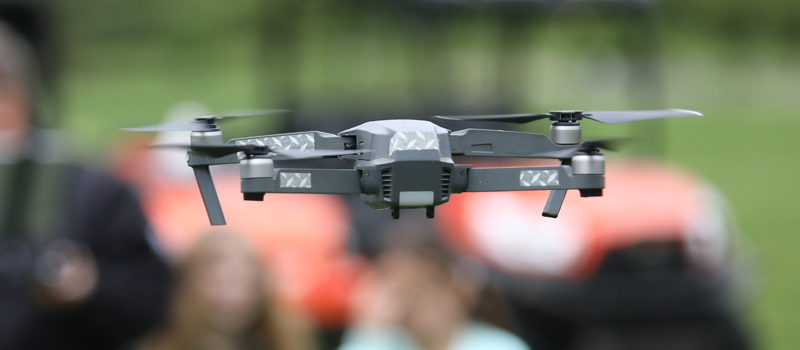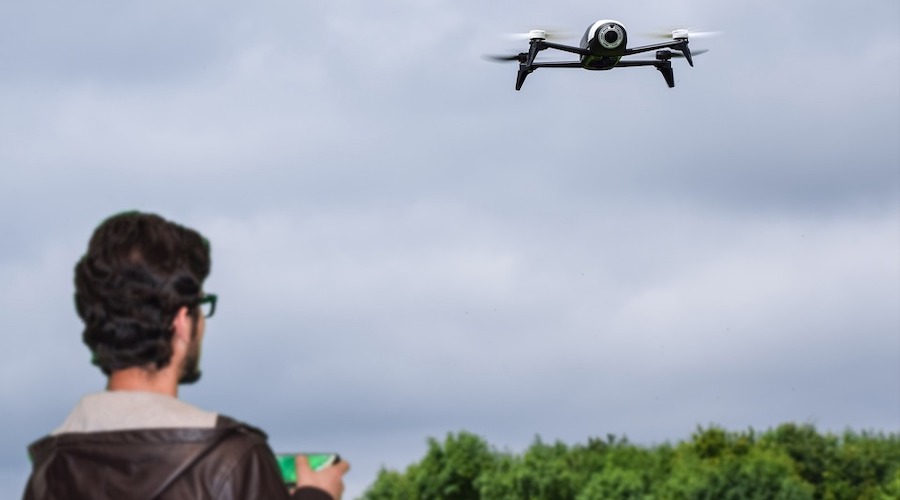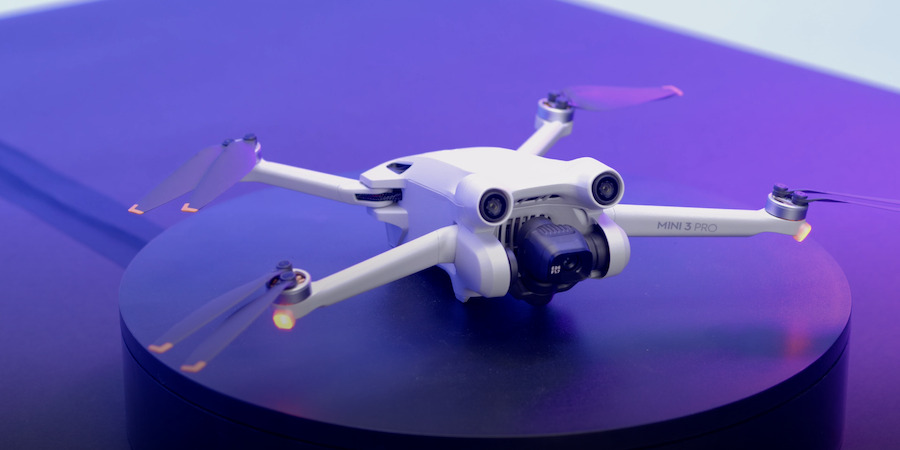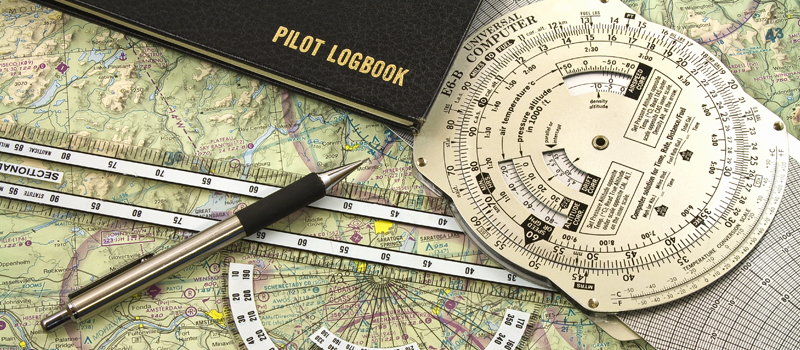One reason for the surge in popularity of modern drones is the ease with which they can be used. Through arrays of sensors and smart features, anyone can pick up a drone and learn to fly it in less than an hour.
However, an over-reliance on user-friendly drone flight features can put you in trouble when something goes wrong. Do you know what to do if your drone suddenly loses the ability to hover in place? Before that happens, it’s good to get a bit of practice by flying your drone in ATTI mode?
What is ATTI mode?
ATTI mode (short for Attitude mode) is a flight mode in DJI drones where the GPS positioning and other visual positioning systems are disabled. In this mode, the flight has to be done completely manually. Without the aid of automatic positioning systems, a drone will not maintain a stable hover. This means that it can drift sidewards or lose altitude without pilot intervention. It will also maintain motion in any direction unless force to steer it in any other direction.
In older DJI drones, ATTI mode was just another of the standard flight modes that pilots can manually switch to. This seems to have been discontinued in more modern DJI drones like the Mavic Air 2. However, the drone can still automatically switch to ATTI mode if it detects a weak GPS signal.
There is currently no method endorsed by DJI to “force” ATTI mode on their newer drones. The crudest way to do this would be to cover the GPS receivers and downward vision system with some tape or aluminum foil. However, this would essentially lock your drone into ATTI mode with no way to fly it normally without having to retrieve it. This can be dangerous if you’ve never used your drone in ATTI mode before.
The safest way to fly in ATTI mode would be to use an older DJI drone, like the classic Phantom models. These drones have ATTI modes that can be activated via a physical switch on the controller. Phantoms are used in some countries (such as Canada and Australia) where learning to fly in ATTI mode is a requirement for drone pilot certification.
Why practicing in ATTI mode can be useful
Basically, ATTI mode is the mode that the drone switches to when things go wrong. Your drone may lose GPS reception when it flies under a canopy or when it flies near a strong source of signal interference. When this happens, you can suddenly lose the GPS stabilization feature that you have heavily relied on.
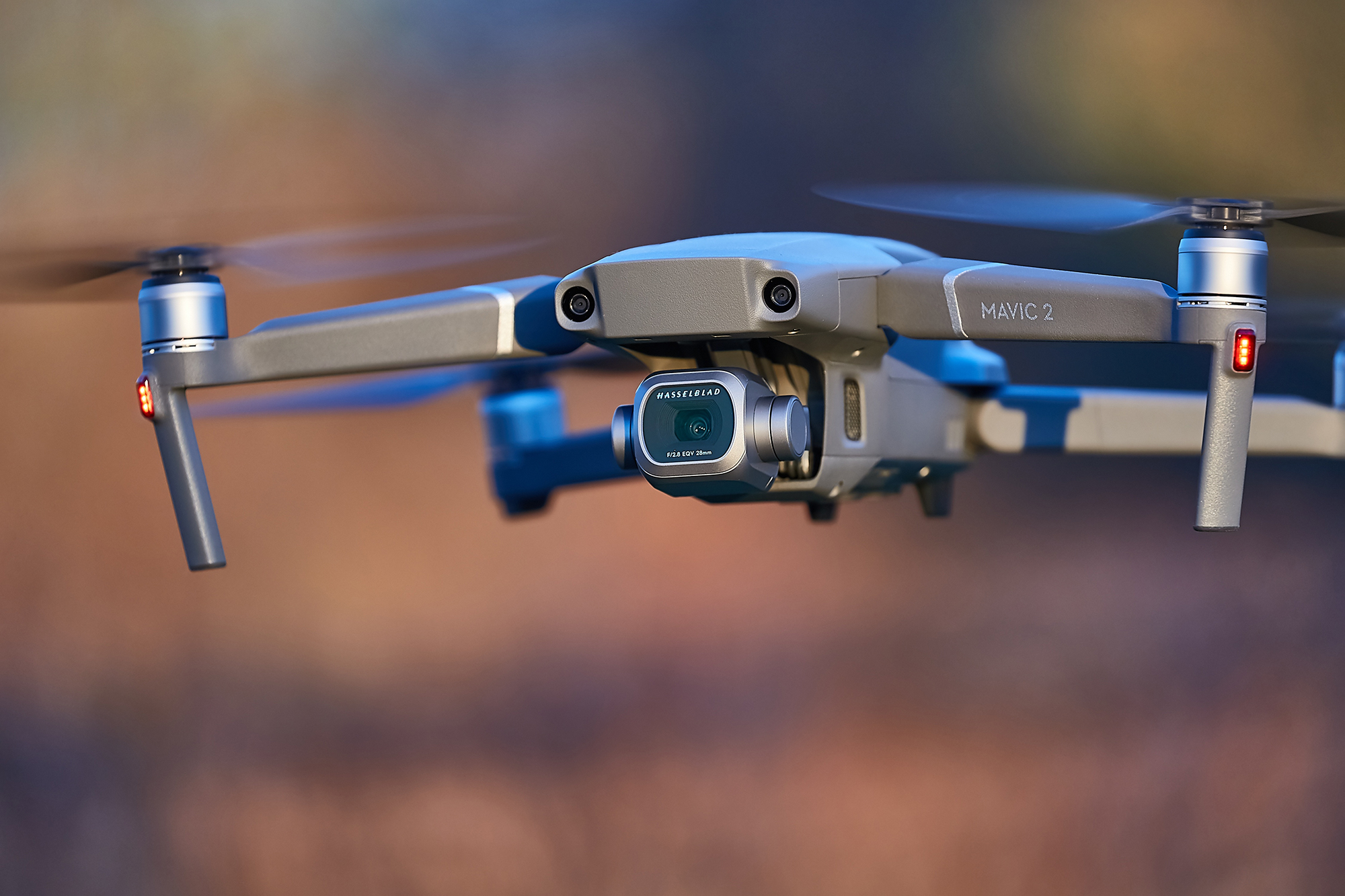
Learning to fly in ATTI modes is also important if you’re planning to fly your drone indoors. Indoor space is great because it’s outside of FAA jurisdiction. However, indoor flight may also be one of the most difficult things you can do as a drone pilot. The dynamics of drone flight change massively when you’re flying near walls and ceilings. You also do not have the benefit of GPS stabilization when indoors.
Professional drone photographers and filmmakers often fly in ATTI mode on purpose. Flying in ATTI mode allows them to shoot smoother videos without the jerky motion that typically results from sudden braking or constant GPS correction.
Learning to fly in ATTI mode gives you good practice on what to do when conditions are not perfect. If your drone loses GPS reception momentarily, you will have to rein it in lest it ends up flying away uncontrollably. It’s worth mentioning that drones suddenly shifting to ATTI mode is one of the major reasons for drone flyaways, especially in the hands of an unskilled drone pilot.
The skill to fly in ATTI mode is essential enough that some aviation agencies in other countries even require it for drone pilot certification. There may be no such requirement by the FAA but we believe that it is a valuable skill to learn nonetheless.
Tips for flying in ATTI mode
Flying in ATTI mode can be quite dangerous if you’re not used to it. If you’re still practicing, here are a few tips to keep you and your drone safe.
1. Practice in an open space with no people

The first piece of advice is to practice in ATTI mode in a relatively low-risk area. You want to be in a wide-open space with minimal obstacles and no nearby bodies of water. You will want to keep the drone close enough that you can see its attitude without having to rely on the onboard camera. More importantly, do your practice in an unpopulated place. A crash is not a certainty but is more likely when flying in ATTI mode.
2. Use propeller guards
Related to the first item, you may want to install propeller guards on your drone before doing your practice run. It would be a shame to have to replace your propellers every time you try flying in ATTI mode. This is not something that you can be an expert on with just one practice session.
3. Avoid practicing in strong winds
Drifting because of strong winds is one of the major hurdles of flying in ATTI mode. If you’re still new to this, then practicing on a clear, calm day would be a good idea. As your skills improve, you can try to fly in progressively stronger winds. Wind drift is something you will need to deal with eventually.
4. Do the basic maneuvers
Practicing in ATTI mode should be treated like the first time you tried flying your drone. You will have to relearn the basics, including the basic flight maneuvers. These include taking off, landing, hovering in place, flying in a figure-eight, and doing the standard roll, pitch, and yaw movements. You will find that you will need to make more frequent inputs to control the behavior of the drone.
Don’t expect to get a handle on flying in ATTI mode over a single practice session. The very essence of learning in ATTI is knowing how to adapt to changing situations. Doing repeat practice runs will help you develop this skill in a variety of conditions. It also helps massively to do these exercises with another drone pilot, preferable one who already knows how to fly in ATTI mode. For this particular skill, experience is the best teacher.
Final thoughts
Flying in ATTI mode may have become an overlooked skill nowadays, especially since it’s no longer a flight mode that drone pilots can easily switch to. However, it’s still worth the time to practice flying in ATTI mode, particularly for professional drone pilots.
It’s quite frustrating that modern DJI drones no longer provide a convenient option to switch to ATTI mode. This is likely a consequence of DJI drones implementing a built-in Geofencing system that only works if the drone has active GPS reception. In this context, make sure that you are not in a controlled airspace when doing practice runs in ATTI mode.
